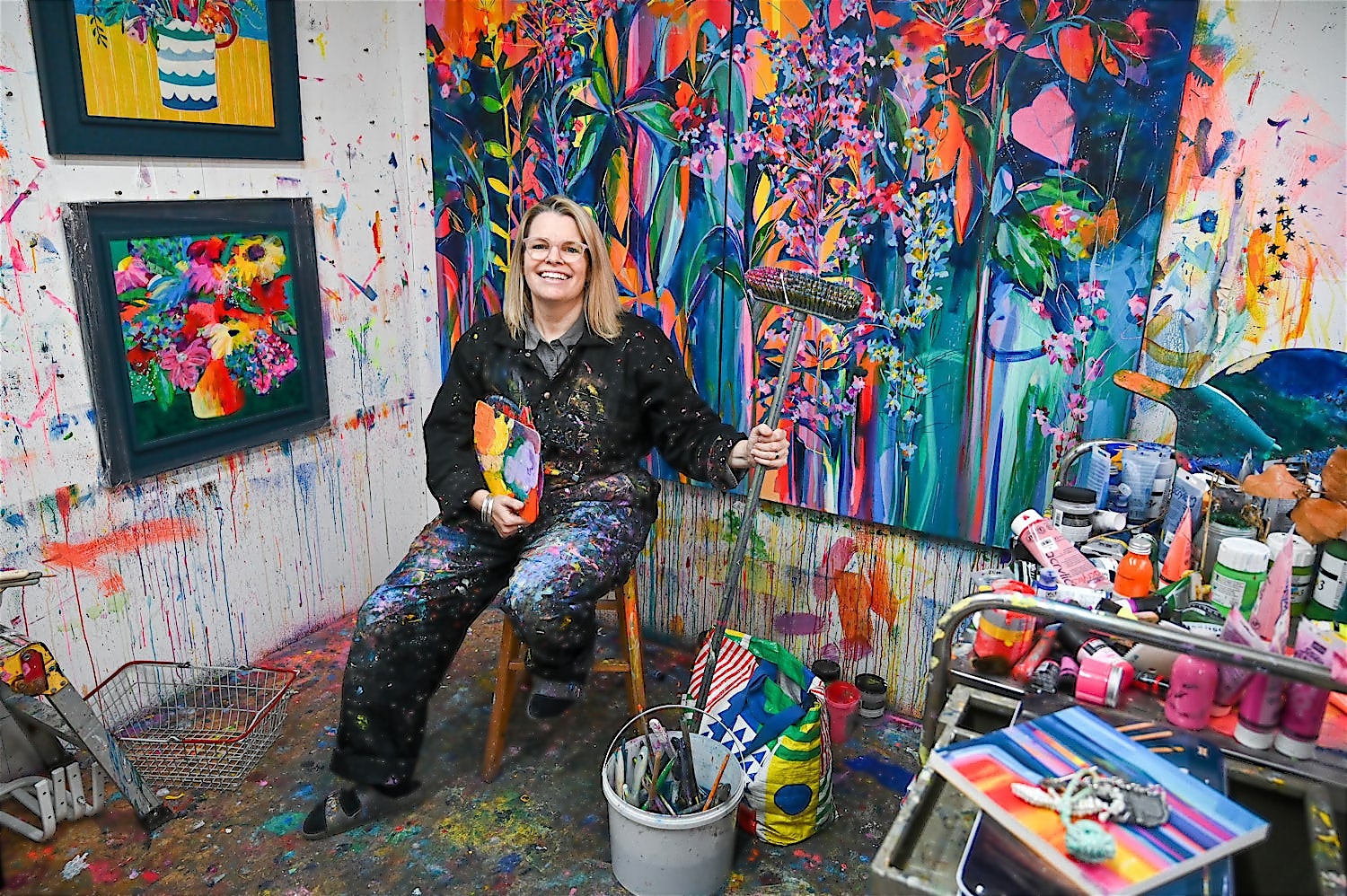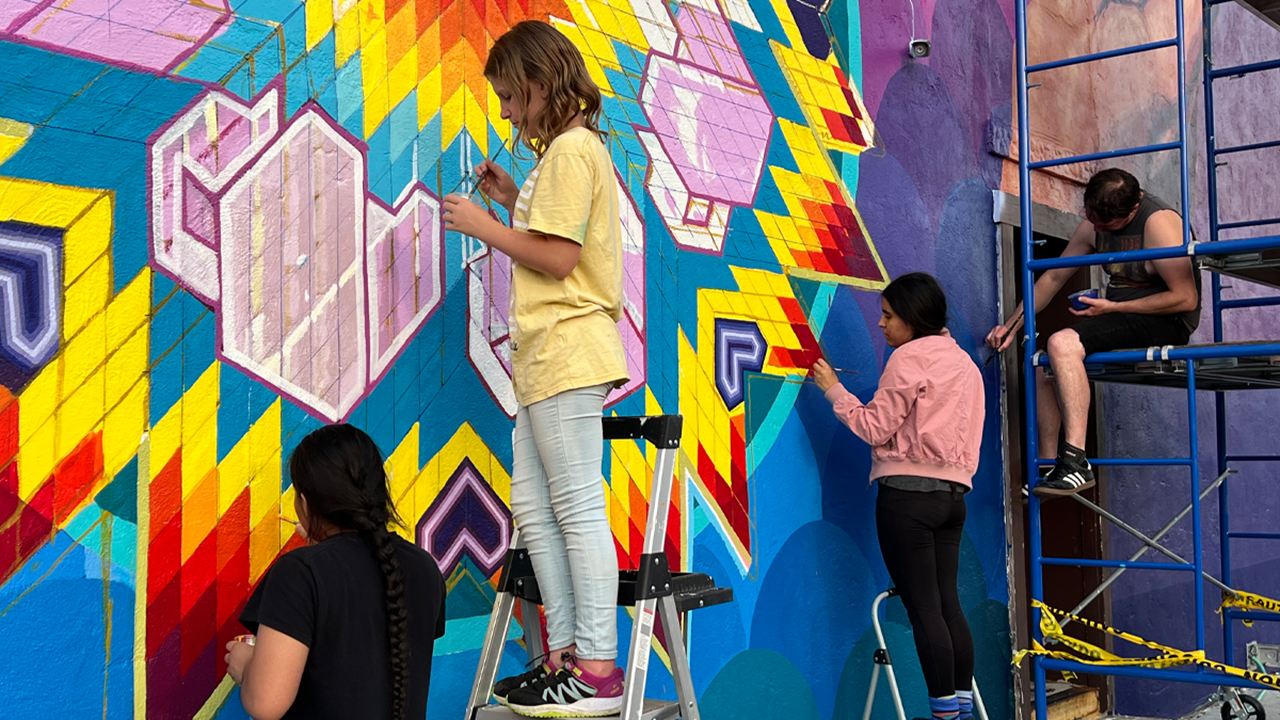Using Personal Memories in Photo-Based Painting: A Unique Artistic Approach
The art world is continuously evolving with new techniques, and one such method gaining popularity is using personal memories in photo-based painting. This intriguing technique not only helps in enhancing creativity but also opens up new dimensions in artistic expression, especially among professional photographers seeking to add depth to their work.
Incorporating personal memories into your art allows you to connect more deeply with your creations. This approach makes your work more relatable and adds layers of emotion that transcend typical photographic pieces. Moreover, it provides an opportunity for photographers to transform their moments captured in photographs into vivid paintings, highlighting their personal journey and artistic vision.

Why Professional Photographers Should Consider Photo-Based Painting
For those passionate about photography, integrating personal memories into photo-based painting offers a medium to tell a more substantial and emotionally resonant story. Telling a Story Through Photo-Based Painting can open doors to new creative opportunities and allow photographers to explore multidimensional narratives.
Techniques for Incorporating Personal Memories
Using personal memories effectively in painting requires a balance of techniques. Whether you're interested in capturing the essence of a candid family moment or a serene landscape, there's a plethora of strategies photographers can use to translate these images into powerful paintings.
Memory Selection and Image Composition
Choosing the right moment to transform into a painting is the first step. Consider memories that evoke strong emotions and have personal significance. This could range from a childhood home to a significant life event.
Choosing the Right Medium
The choice of medium can alter the mood and interpretation of a photo-based painting. Acrylic vs. Oil for Photo-Based Painting is an excellent article to explore which medium might best suit your intended expression.
The Emotional Impact of Personal Memories in Art
The inclusion of personal memories in art leads to a more profound emotional connection, both from the artist's and the audience's perspectives. By imbuing your work with personal significance, it becomes a unique artistic fingerprint.
Creating paintings from personal memories not only heals and comforts but can also be transformative for audiences. This cathartic process is particularly beneficial in art therapy contexts. Photo-Based Painting for Healing offers insights into how this technique aids in emotional expression and therapy.
Challenges and Considerations
Despite its benefits, artists might face challenges in translating photos into paintings. Issues such as scale, color fidelity, and maintaining the essence of the original photograph are common. For tips and tricks on overcoming these hurdles, consider exploring resources like Painting from Photographs.
Critics often discuss whether photo-based art diminishes creativity. To understand the surrounding debate and enhance your knowledge, visiting Is it Cheating to Paint from a Photo? can offer differing perspectives on this complex conversation.
Conclusion
Integrating personal memories into photo-based paintings can significantly enrich your work. It brings both physical beauty and deep personal significance, engaging audiences and providing new explorations of your photographic passions.

Frequently Asked Questions
Is using personal memories in art effective for all photographers?
While highly beneficial, the approach may resonate more with those who enjoy combining personal storytelling with artistic expression. Each photographer's experience will differ.
What are the best mediums for photo-based painting?
Common mediums include acrylic and oil, each offering distinct qualities. The choice depends on the effect and style you're aiming to achieve, as explored in Acrylic vs. Oil for Photo-Based Painting.
Can photo-to-painting techniques be self-taught?
Absolutely! Many photographers learn through practice and resources, though formal courses are available for those seeking structured guidance.

